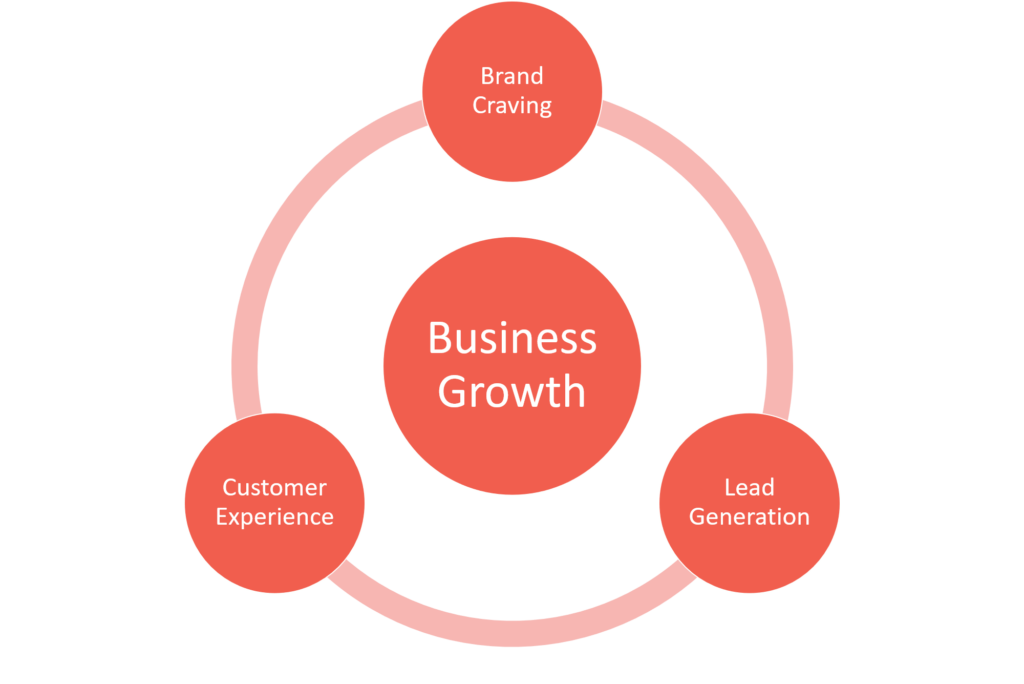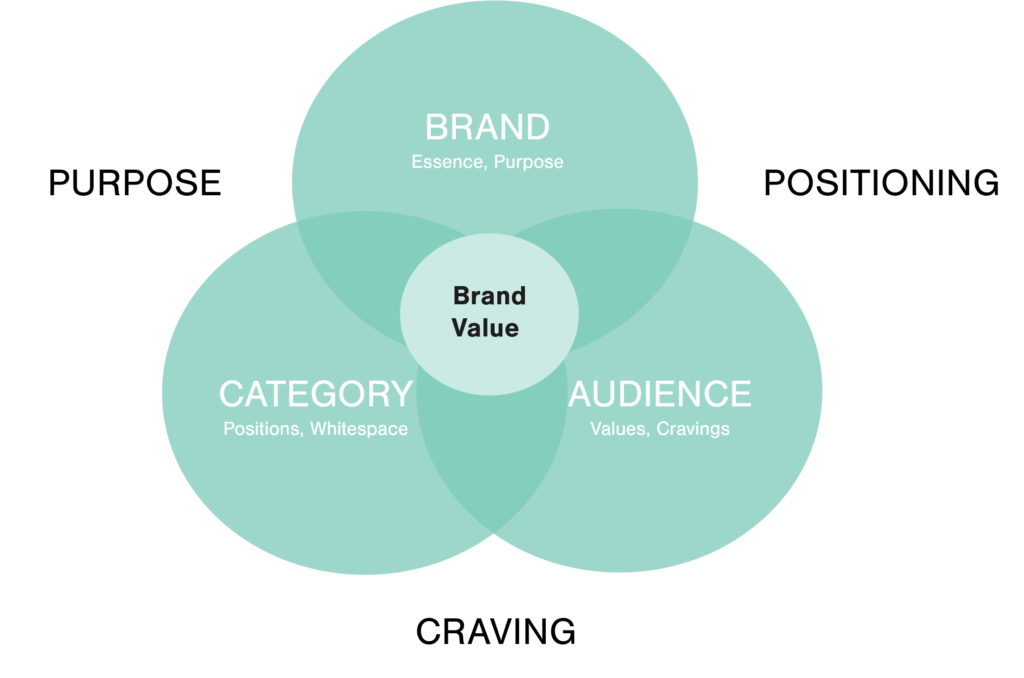Simple Math: Demand+Brand Starts with Brand Craving
Healthcare

Simple Math is a four-part series introducing BVK’s demand+brand strategy for health plans. This second installment takes a deep dive into the leading demand+brand pillar: Brand Craving.
The world of health care has always been complex. With the advent of the pandemic, economic recession, and concerns about social justice, the complexities have grown exponentially. Consumers are struggling to make difficult decisions about how they live their lives. This includes choices about health plans, with consumers increasingly distrustful whether their insurance will meet their needs with benefits they can afford and the providers they prefer.
Health plan marketers charged with growing and retaining member volume in these uncertain times no doubt face a daunting task. With health insurance being a sales-driven category, with marketing often taking a back seat to communication focused on features and benefits. Unfortunately, the features and benefits offered are often indistinguishable from those of other local plans, and a far cry from those that national plans are able to provide.
The formula for success involves some unique math: 1 + 1 = 3. This is not an addition mistake. Rather, it is a multiplication strategy. At BVK, we call it demand+brand. It is our formula for telling a compelling and defensible story of business growth for health plans. Coupling values-based brand building with lead generation and best practices for customer experience yields the potential for short term sales as well as long-term growth and differentiation.

The upside of adding brand building (long-term growth/sustainability) to traditional health plan demand generation (short-term growth) is speed. While demand generation sometimes produces long-term sales growth, brand building coupled with demand generation nearly always produces short-term sales growth that continues to build. Simply put: 1 + 1 = 3.
Brand Craving
Our values drive our cravings. Human values form the foundation of our identity, shaping who we are and who we want to be. Like an inner compass, they guide us based on what matters most. We crave brands that reflect our values; and they become an antidote for what we desire.
In fact, companies that speak to consumers’ values are preferred by a significant margin. According to Accenture’s Global Consumer Pulse Research, nearly two-thirds (63%) of surveyed global consumers prefer to purchase products and services from companies that stand for a purpose that reflects their own values and beliefs. A strong purpose can, and in fact should, align with consumer values.
Values-based branding generates business growth by articulating the soul of the brand and facilitating a data-driven, human-centered approach to bridging strategic insights, connection planning, breakthrough creative and holistic measurement.
Outlined in his book “Grow,” Jim Stengel former CMO of P&G conducted research with one of BVK’s advisors from UCLA Anderson School of Business. They studied companies on the S&P 500 and found that brands that market based on a core human value actually drive more business—over 400% better performance on the S&P 500 than comparable brands that marketed based on features and benefits.
In the end, human values are the lifeblood of how people make decisions. They drive our perceived need and desire, while speaking directly to our aspirations and fears.
By finding the intersection of the audience (their cravings and values), the culture (trends, competition, distinction), and the brand itself (its essence and purpose) we can identify a brand value that is distinctive, differentiating, and centered on purpose.

The Value of a Health Plan
To help local health plans navigate these challenging times and understand their unique approach to brand craving, BVK conducted a proprietary national research study in July 2020. It indicated that locally based brands have a distinct leverage point over regional and national health insurance brands. And it is a big one: Trust. That trust is rooted in the consumer beliefs that locally based health plans:
- Want the best for the community
- Prioritize customer needs over profits
- Are more likely to be accountable
- Are responsive to their needs
- Are open and transparent
Granted by consumers based on proximity and stature, these are salient reasons to believe in a health plan. They create a foundation for trust that can help distinguish locally based brands from regional and national competitors. And they offer a rock-solid competitive advantage that touches consumers’ minds and hearts.
The Starting Point
We have designed a process to develop a brand value and myriad brand craving best practices with three that can give your organization a strong start to values-based branding.
- Identify a distinct, durable brand value platform that communicates trust in some form.
Consumers believe in locally based health insurance organizations, so linking directly to that inherent trust is the north star for developing a brand value that is respected, resilient and, most important, divergent from your competition. - Determine brand distance to provider, if applicable.
Examining your brand architecture with regard to your parent provider brand is integral to clearly defining provider brand association and building a values-based brand that elevates consumer experiences. - Develop and deploy an omni-channel awareness-building campaign.
Bringing your brand value to life with engaging creative and a fully orchestrated campaign will create consumer connection that increases the effectiveness of your lead generation efforts. Together, they provide a multiplier effect that builds business now and for the future.
Creating brand craving is a vital first step to successfully deploying a demand+brand strategy. It is the essential variable that makes the 1 + 1 = 3 multiplication strategy possible.
We welcome the opportunity to talk with you further to discuss the simple math of our demand+brand strategy and how it can add up to plan growth for your organization. Feel free to reach out to [email protected] with questions or comments.
